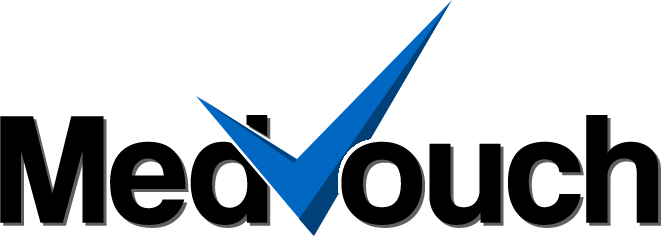
Heart attack, known as the disease of old age, can now be seen even in the 30s. Due to the decrease in effort capacity and the formation of bridging vessels in advanced age, heart attacks are overcome more easily. However, the fact that young people ignore the symptoms of heart disease and do not have bridging vessels causes dramatic results.
-
What Are Heart Diseases?
The concept of heart disease is used to express any distress that occurs in the heart and affects the heart. Among heart diseases, we can count blood vessel diseases (such as coronary artery disease), heart rhythm disorder (arrhythmia) and congenital heart defects.
To explain in more detail, heart diseases most often occur in the following ways:
- Coronary artery dıseases
- Mitral valve diseases
- Aortıc valve diseases
- Aortıc aneurysms
-
Things That Increase The Risk Of Heart Disease?
Problems such as inactivity, fast food diet and stress caused by technology and modern city life are also increasing, making it difficult to fight against cardiovascular diseases.
In addition, certain actions increase the risk of heart attack even more. So what should be done and what should be avoided to protect heart health? Here are some of the things that increase the risk of heart diseases and heart attack:
- Obesity
- Long sedentary life
- Constantly eating junk food and fast food
- Stress, anger, depression
- Cigarettes and alcohol
- Hypertension
- Diabetes
- Prolonged irregular sleep
-
What Are The Symptoms Of Heart Diseases?
According to statistics, cardiovascular diseases have become 40 percent of all deaths. However, when diagnosed early, the problem can be prevented before it grows. For this reason, it is very important to know and pay attention to some of the symptoms of heart problems in early diagnosis.
The most important symptoms of heart disease can be listed as chest pain, shortness of breath, sweating, or nausea. Apart from that, some heart disease symptoms that you should watch out for are as follows:
- Palpitation,
- Chest pressure and discomfort in the chest,
- Pain, numbness or weakness in the legs and arms due to hardening or narrowing of the blood vessels in the heart,
- Pain in the neck, jaw, throat, upper abdomen or back areas,
- Dizziness and fainting,
- Pale gray or blue tan,
- The heart may beat as if it were to be dislodged, or it may beat too slowly to be felt,
- Fever,
- Dry and persistent cough,
- Swelling of the legs, abdomen and around the eyes,
- Rashes on the skin and skin.
-
What You Can Do to Reduce the Risk of Heart Attack
Here are the things you should pay attention to to reduce the risk of cardiovascular diseases and heart attack:
- Do not smoke, if you do, quit.
- Eat a diet rich in vegetables and fruits. Choose whole-grain, high-fiber foods. Eat fish, especially oily fish, at least twice a week. Avoid saturated and trans fats. Limit the consumption of cholesterol, salty and sugary foods.
- Adopt an active lifestyle, and exercise regularly. Even 30 minutes of brisk walking a day is enough.
- Keep your weight under control.
- Keep your blood pressure, sugar and cholesterol values under control.
- If you have cardiovascular diseases in your family, consult your doctor about how you can take action.
- for green tea
- Get regular and quality sleep.
- Avoid margarine and fats.
- Consume plenty of green leafy vegetables.
- Use garlic in your meals.
- Try to reduce your stress as much as possible.
